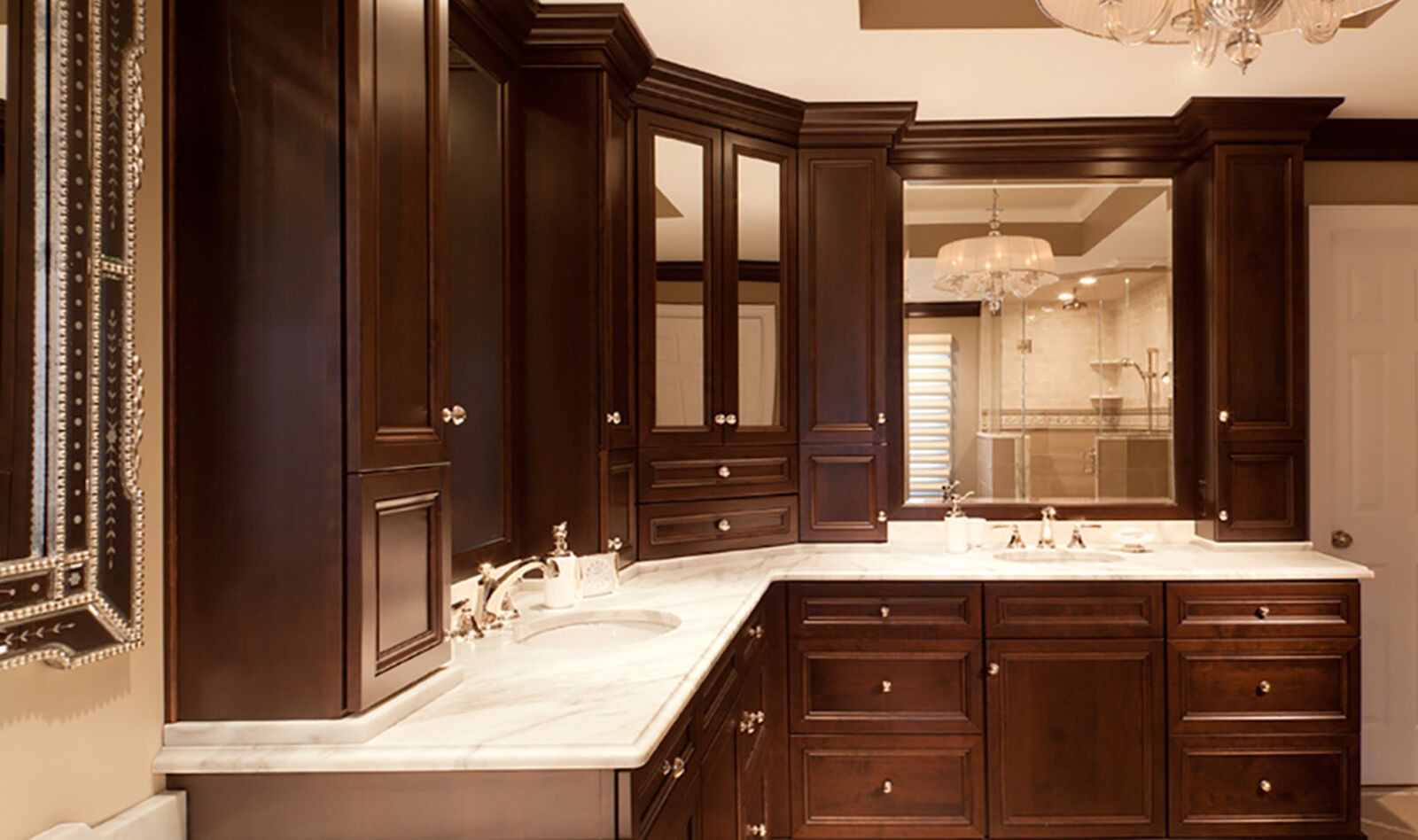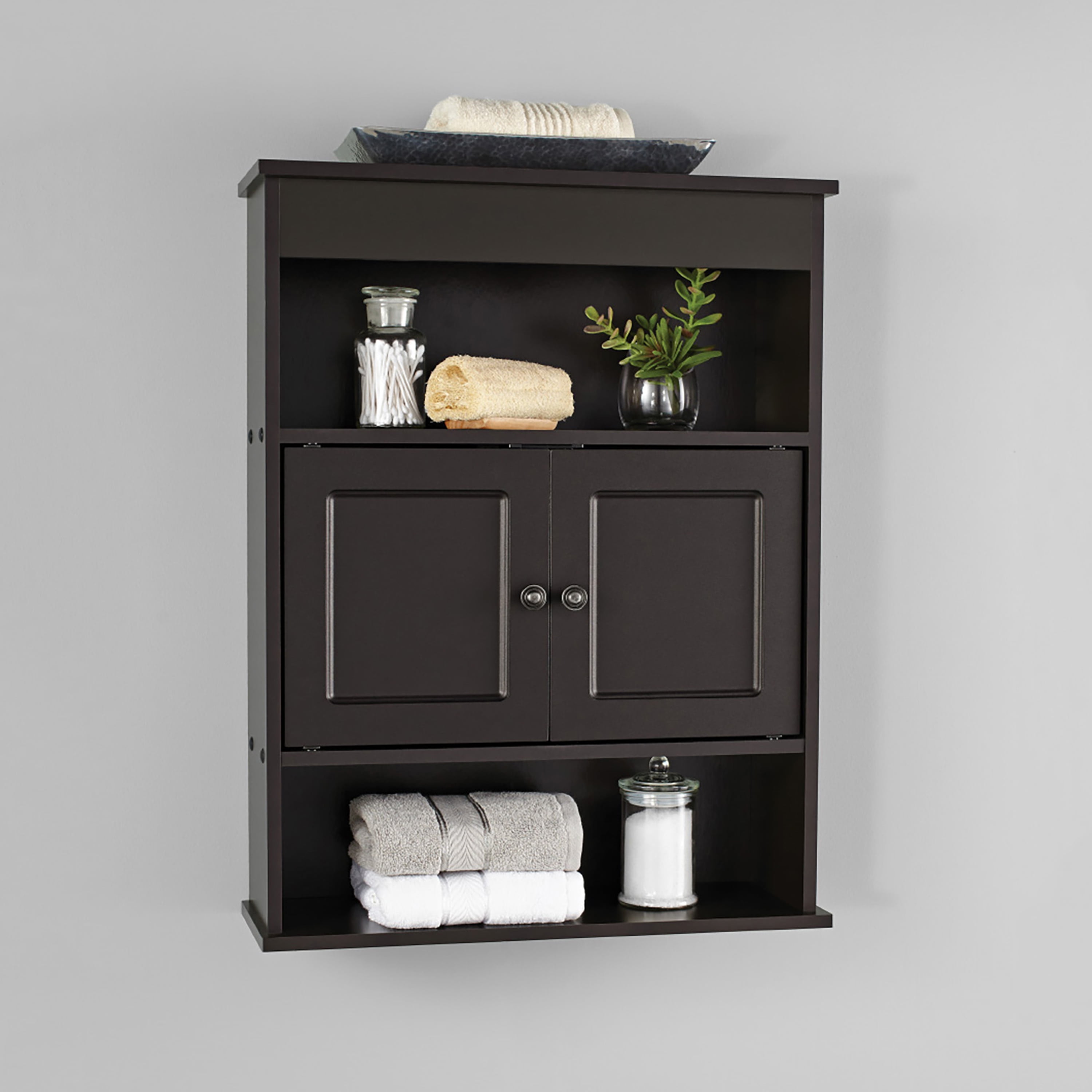Factors Influencing Bathroom Cabinet Quality

The quality of bathroom cabinets is paramount, as they are subjected to moisture, humidity, and frequent use. Choosing the right cabinets can significantly impact their longevity, functionality, and aesthetics. Several factors influence the quality of bathroom cabinets, including the materials used, construction techniques, and finishes.
Materials Used in Bathroom Cabinet Construction
The materials used in bathroom cabinet construction are crucial for their durability, moisture resistance, and aesthetic appeal. Here’s a breakdown of common materials and their pros and cons:
- Solid Wood: Solid wood, such as oak, maple, cherry, or walnut, offers exceptional durability, natural beauty, and timeless elegance. It is known for its strength, resistance to moisture, and ability to withstand heavy use. However, solid wood can be expensive, prone to warping or cracking in extreme humidity, and requires regular maintenance to preserve its finish.
- Plywood: Plywood is a layered wood product made from thin sheets of veneer glued together with alternating grain directions. This construction method makes plywood less prone to warping and cracking than solid wood, while still offering good strength and moisture resistance. It is typically more affordable than solid wood and offers a variety of wood veneer finishes.
- Medium-Density Fiberboard (MDF): MDF is a wood-based panel made from wood fibers that are glued together with resin. It is a dense and smooth material, offering excellent paint adhesion and a consistent surface. MDF is generally the most affordable option, but it is less durable than solid wood or plywood, more susceptible to moisture damage, and can be difficult to repair.
Key Features That Contribute to Cabinet Quality
Beyond materials, several features contribute significantly to the overall quality of bathroom cabinets. These features directly impact the cabinets’ longevity, functionality, and ease of use:
- Door Hinges: High-quality door hinges are crucial for smooth operation and long-lasting performance. Soft-close hinges ensure doors close gently, preventing slamming and extending the life of the cabinet.
- Drawer Slides: Drawer slides should be smooth and sturdy, allowing drawers to open and close easily without sticking or jamming. Full-extension slides offer complete access to the contents of the drawer, making organization easier.
- Construction Techniques: Well-constructed cabinets utilize joinery techniques like dovetail joints, mortise and tenon joints, or dado joints, which provide exceptional strength and stability. These techniques enhance the cabinet’s resistance to warping, sagging, and moisture damage.
Bathroom Cabinet Finishes
The finish applied to bathroom cabinets plays a crucial role in their durability, water resistance, and aesthetic appeal. Here’s a comparison of common finishes:
- Paint: Paint offers a wide range of colors and finishes, providing versatility in style and design. However, paint can be susceptible to scratches and chips, especially in high-traffic areas. Water-based paints are generally more durable and moisture-resistant than oil-based paints.
- Stain: Stain penetrates the wood’s surface, enhancing its natural grain and color while providing a protective layer. Stain offers a more natural look than paint, but it requires regular maintenance to preserve its finish.
- Lacquer: Lacquer is a hard, durable finish that provides excellent protection against moisture, scratches, and stains. It offers a high-gloss sheen and is often used on high-end cabinets.
- Epoxy: Epoxy is a durable, water-resistant finish that is often used on bathroom cabinets to provide maximum protection against moisture and wear. It offers a smooth, glossy surface that is easy to clean.
Comparison of Bathroom Cabinet Brands
The following table compares popular bathroom cabinet brands based on materials, construction methods, warranty information, and price range.
| Brand | Materials | Construction Methods | Warranty | Price Range |
|---|---|---|---|---|
| Brand A | Solid wood, plywood | Dovetail joints, mortise and tenon joints | 5-year limited warranty | $$$-$$$$ |
| Brand B | Plywood, MDF | Dado joints, pocket hole construction | 3-year limited warranty | |
| Brand C | MDF, laminate | Staple and glue construction | 1-year limited warranty |
Choosing the Right Bathroom Cabinets

Selecting the perfect bathroom cabinets is crucial for creating a functional and stylish space. It involves considering your bathroom’s size, layout, and storage needs. By understanding these factors, you can make informed decisions that optimize your bathroom’s functionality and aesthetics.
Determining the Ideal Cabinet Dimensions
Accurately measuring your bathroom space is essential to determine the ideal cabinet dimensions. This ensures that your chosen cabinets fit seamlessly into your bathroom layout and maximize storage potential.
To measure your bathroom space accurately, follow these steps:
- Measure the width, height, and depth of the available wall space where you plan to install the cabinets. Consider any obstructions like pipes or electrical outlets.
- Measure the height of the countertop if you plan to install cabinets under it. This will help you determine the required cabinet height.
- Measure the depth of the space available for cabinets. This will determine the maximum depth of the cabinets you can choose.
Once you have accurate measurements, you can start exploring different cabinet sizes and configurations that best suit your needs. Remember to factor in any additional space required for doors to open and close comfortably.
Essential Features to Consider
When choosing bathroom cabinets, consider these essential features:
- Storage Capacity: Determine the amount of storage space you need based on your bathroom essentials. Consider the number of drawers, shelves, and compartments required to accommodate your belongings.
- Accessibility: Choose cabinets with features that enhance accessibility. This includes adjustable shelves, pull-out drawers, and easy-to-reach compartments. Consider your height and reach when choosing cabinet placement and design.
- Aesthetic Appeal: Select cabinets that complement your bathroom’s style and decor. Consider factors like cabinet color, material, door style, and hardware finishes.
Integrating Bathroom Cabinets with Existing Fixtures and Decor
Seamlessly integrating bathroom cabinets with existing fixtures and decor is crucial for a cohesive and visually appealing space. Consider these tips:
- Matching Finishes: Choose cabinet hardware finishes that complement existing bathroom fixtures, such as faucets, towel bars, and light fixtures.
- Color Coordination: Select cabinet colors that blend harmoniously with the bathroom’s overall color scheme. Consider using complementary colors or shades of the same color family.
- Style Consistency: Choose cabinet styles that align with the bathroom’s overall design aesthetic. For example, if your bathroom has a modern design, opt for sleek and minimalist cabinets.
Installation and Maintenance: Best Quality Bathroom Cabinets

Installing and maintaining bathroom cabinets is crucial for their longevity and functionality. Proper installation ensures stability and prevents damage, while regular maintenance keeps them looking their best and functioning smoothly.
Installation Steps, Best quality bathroom cabinets
Installing bathroom cabinets requires careful planning and execution. Here’s a step-by-step guide:
- Preparation: Measure the space and choose cabinets that fit. Ensure the walls are sturdy enough to support the weight. Remove any existing fixtures or obstructions.
- Mounting: Mark the wall for cabinet placement using a level. Drill pilot holes for mounting screws and install anchors if necessary.
- Securing: Carefully attach the cabinets to the wall using screws and a drill. Check for levelness and adjust as needed.
- Finishing Touches: Install hardware, such as hinges, knobs, and handles. Consider adding additional features like shelves or drawer dividers.
Maintenance Tips
Proper maintenance is essential for keeping bathroom cabinets in top condition.
- Cleaning: Regularly wipe down cabinets with a damp cloth and mild detergent. Avoid harsh chemicals that can damage the finish.
- Sealing: Apply a sealant to wood cabinets to protect them from moisture and stains. This helps prevent warping and discoloration.
- Avoiding Damage: Be careful when opening and closing doors and drawers to prevent hinges from loosening and drawers from sticking. Avoid overloading cabinets and placing heavy items on shelves.
Maintenance Checklist
Regular maintenance helps prevent minor issues from becoming major problems.
- Weekly Cleaning: Wipe down cabinet surfaces and doors with a damp cloth and mild detergent.
- Monthly Inspection: Check hinges, handles, and drawers for any signs of wear or damage. Tighten loose screws and lubricate hinges if necessary.
- Annual Maintenance: Apply a sealant to wood cabinets to protect them from moisture. Inspect for water damage and address any issues promptly.
Troubleshooting Common Issues
Bathroom cabinets can experience common issues over time.
- Loose Hinges: Tighten loose screws or replace damaged hinges.
- Sticking Drawers: Lubricate drawer slides with wax or silicone spray.
- Water Damage: Repair any leaks immediately and dry affected areas thoroughly. Consider replacing damaged cabinets if necessary.
